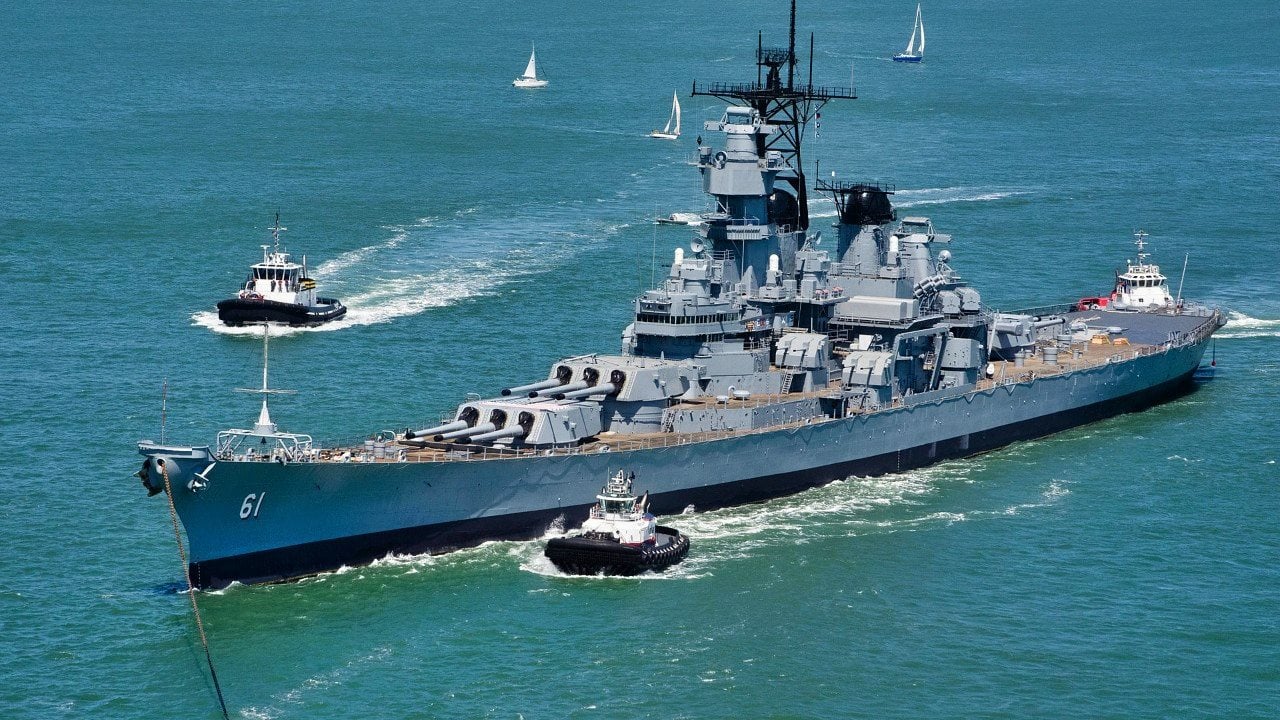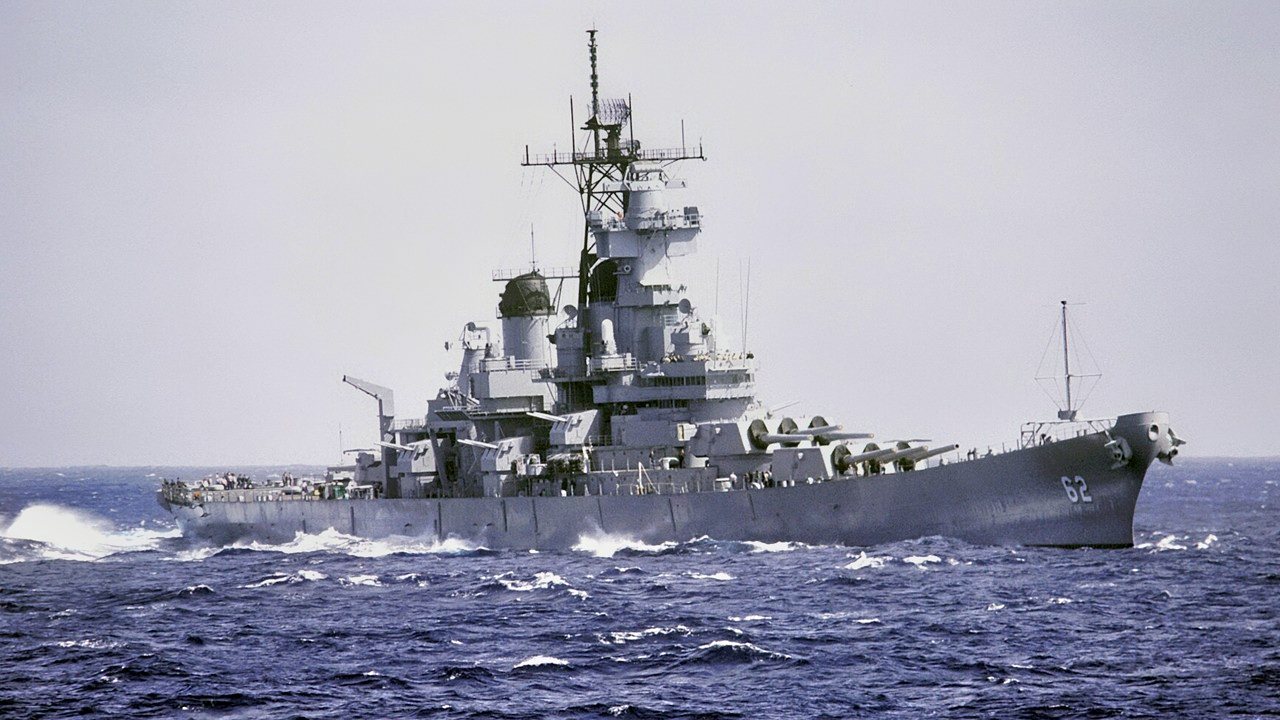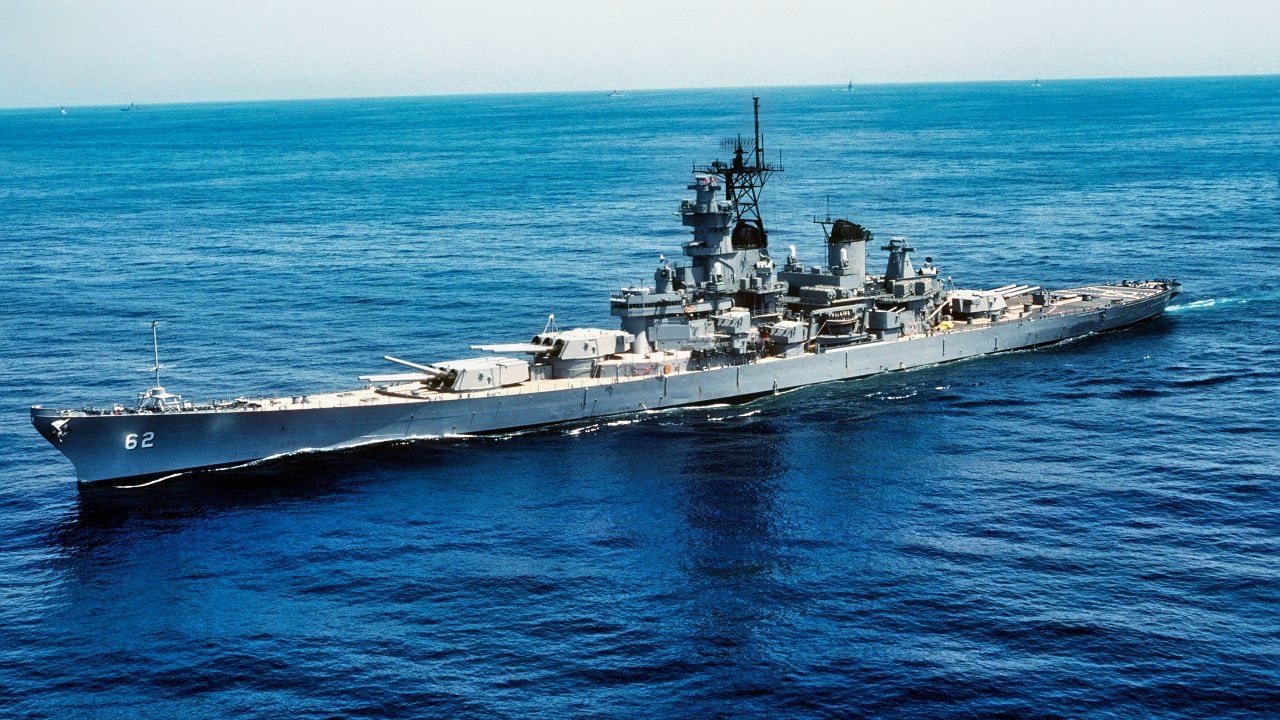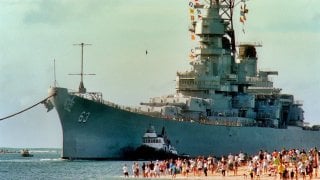The U.S. Navy's Iowa-Class Battleships Already Made the Ultimate Comeback
In the 1980s, President Ronald Reagan, despite lacking a naval background, supported a significant expansion of the U.S. Navy, advocating for a 600-ship fleet influenced by the effectiveness of the Royal Navy in the Falklands War. This included re-commissioning the Iowa-class battleships with modern upgrades, such as Tomahawk and Harpoon missiles.
Summary: In the 1980s, President Ronald Reagan, despite lacking a naval background, supported a significant expansion of the U.S. Navy, advocating for a 600-ship fleet influenced by the effectiveness of the Royal Navy in the Falklands War.

-This included re-commissioning the Iowa-class battleships with modern upgrades, such as Tomahawk and Harpoon missiles.
-However, these battleships required large crews and were less efficient than modern warships.
-Cost and capabilities issues ultimately led to their preservation as museum ships rather than active-duty vessels.
Reviving Relics: Iowa-Class Battleships in Reagan's 600-Ship Navy
In the late 1970s, the United States Navy released an assessment of its needs for the future. Entitled "Sea Plan 2000," it proposed greatly increasing the size of the sea service. Yet, it was during the administration of President Ronald Reagan that the U.S. Navy increased in size.
There was some irony at the time, made all the more notable in the decades that followed – namely that while Reagan's five predecessors from 1961 to 1981 were all former naval officers, including Jimmy Carter, an Annapolis graduate, never gave the comparable support to their former service branch. Yet, it was Reagan, without any naval background, who most supported the idea of a 600-ship Navy that included returning the Iowa-class battleships to service.

Reagan's arguments for a larger and more effective navy as crucial to national security were partially driven by the size of the Soviet Navy but were also bolstered by the effectiveness of the UK's Royal Navy during the Falklands War of 1982. Though the British lost six vessels, it quickly reclaimed the Falklands Islands, highlighting the abilities of a mobile, multipurpose force.
Return of the Iowa-class Battleship
During the Second World War, the United States was able to produce the largest naval force the world had ever seen. Yet, there certainly wasn't the industry in place or the money to build a modern fleet again in the 1980s. Though it did call for a large new construction program, which included stepping up the production of the Nimitz -class nuclear-powered aircraft carriers, it also required that older ships to be kept in service longer.
It also called for the re-commissioning of the four Iowa-class battleships. This was a bold plan, but all four of the vessels had returned to service for the Korean War, while the USS New Jersey (BB-62) was briefly called back again during the Vietnam War.
As part of the 600-ship navy, the four battle wagons were once again brought back to service.
As Maya Carlin reported for The National Interest, "Upgrades included the addition of Tomahawk and Harpoon missile systems, advanced radar and fire control systems, and Phalanx Close-In Weapons Systems for defense against modern threats." She added that the 16-inch guns, the main battery on the Iowa-class, remained in place, but the Tomahawk Land Attack Missiles and RGM-84 Harpoon anti-ship missiles greatly increased the range of the vessels to 1,800 miles compared to the 20 miles from the old school guns.
The offensive capabilities of the battleships were thus greatly increased, while the vessels also received upgraded radar and fire control systems. On paper, the Iowa-class were impressive large warships that were heavily armed.

But yet, each also was a relic of the past that required massive crews. Moreover, missile technology allowed smaller warships to do the job more effectively.
As the U.S. Naval Institute also reported, while the battleships carried 32 Tomahawk missiles, a modified Spruance-class destroyer of the era was equipped with 61 vertical-launch missiles, and with a smaller crew than that needed to operate a battleship.
That explains why, despite the occasional call from lawmakers – and armchair admirals on Reddit – the U.S. Navy won't send the Iowa-class to sea again. Cost and capabilities are both serious issues. During the Reagan buildup of the 1980s, reactivating the four ships totaled about $1.66 billion. Any future cost of bringing back even two of the battleships could be more than $1 billion in today's money, which is higher than the cost of an Aegis destroyer, which carries 90 missiles and requires a far smaller crew.
Those Iowa-class battleships are preserved as museums, and arguably should have remained so during the Reagan-era.
Author Experience and Expertise: Peter Suciu
Peter Suciu is a Michigan-based writer. He has contributed to more than four dozen magazines, newspapers, and websites with over 3,200 published pieces over a twenty-year career in journalism. He regularly writes about military hardware, firearms history, cybersecurity, politics, and international affairs. Peter is also a Contributing Writer for Forbes and Clearance Jobs. You can follow him on Twitter: @PeterSuciu. You can email the author: [email protected].
All images are Creative Commons.


